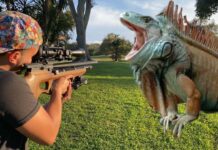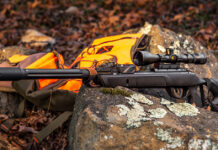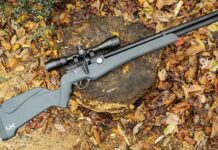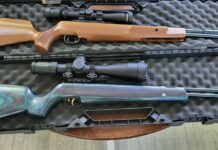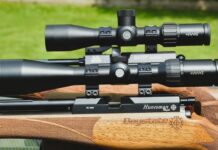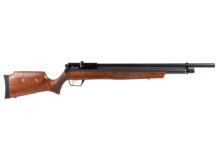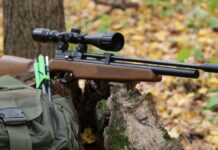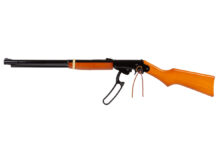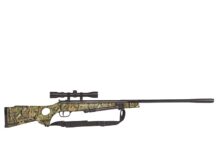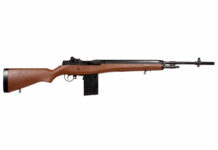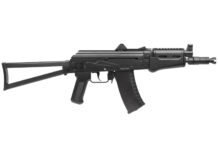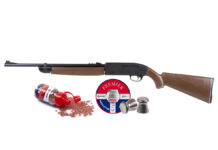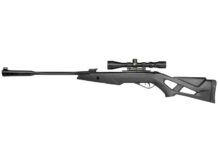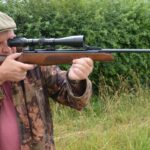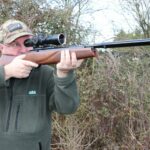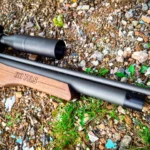
A few years ago I wanted some new decoys and I had some shells and a couple full bodies. I had also hunted over Silos with friends, so I knew they would work. I looked at the prices and being the eternal tinkerer that I am, I said “I can make those WAY cheaper than that!” and off I went. 😀 I researched making them and did all the planning. Now I will talk to you about making your own silhouette decoys and the process for making them.
They are just made out of 4mm Corrugated cardboard, welding rods and spray paint. you get a lot of decoy for very little money and a bit of sweat equity. I bought 3 sheets of 4mm plastic cardboard from a sign shop and I think being careful spacing them and using a few magnums I got 44. If I got rid of the magnums I probably would have got over 4 dozen. The picture below has 15 here on a 4×8 sheet and I got 17 on another by not using magnum decoys.

and some of the cutout silos:

I borrowed a buddy’s silos to use as patterns. I traced his on 1/4″ plywood and used them as a pattern. I think the centers are copies of some commercially sold stuff and the two outer one are magnums. You can trace existing Silos or just draw your own patterns. If I did it again, I would probably not use the magnums again. They take a lot of space up when making the silos and in my opinion, don’t look any better in the field.
I used welding rod as I had seen some one else suggested before and melted them in so I never leave a rod in the field to blow a tracker tire as that sure to lose rights to hunt next year! I cut them out one at a time with a box cutter knife. I bough 3 sheets for $36 something in ’07 and got 15 on one and 17 on the other. I trimmed out the last sheet and ended up with 4 dozen decoys.
Here is the finished on with the folder spray patterns I made next to them

To prepare the silos to paint the plastic cardboard I laid the silos on my work bench one at a time and sanded them with an orbital sander and 80 grit. I wanted them rough so they would hold the paint and reduce any possible shine.
The far right template is used to make the white cheek. The one on the top right is used to protect the black neck area when spraying the body. Top left to protect the tail and white from body paint. Left middle to protect tail when spraying white belly. And bottom left to spray white belly again if over spray got on it.
I sprayed several to get a pattern of how to make them. I do the black head and tail first. Then the white belly both two coated. Then gray the body and then camo brown the upper and center body. The lightly over spray the brown to lighten it some and fade it into the gray, Very little !! I use Krylon camo brown for the Canada Goose and it’s too dark so I lightly dust with grey primer at 18″ and lighten it up.
Next I made a template for feather lines. I took a goose picture and photo shopped it for black lines where all the feather lines are. Then printed it on manilla folder and out out the area when the black lines where. Then clothes pinned the template over the decoy and used a dusting of grey primer to make the feather lines. Below is what my template looked like.

Here is the finished silo with the template next to it.

My advice is to fit them with the rods just before painting. I am using welding rods and knocking off the covering. Heating the tip and pushing it in. Then pull it out and heat the last inch quick and back in all the way and let it melt in to stay for eternity.
One thing I learned. Make sure the holes inside run head to tail or parallel to the ground. The welding rod does not want to stay in when the holes are going up. That’s how you want the lines to run on yours, or less than 45 degrees from parallel with the ground. When the holes run parallel with the ground the necks and tails seem to be a lot stronger, you just have to heat and melt the rods into the silo. They are also much easier to paint with the stakes in and out in the yard than on the work bench. I paint one then go to the next and leave them out to dry.
Some of the welding rods came loose later on and I pulled them all and use Gorilla glue and they have never come out again.
